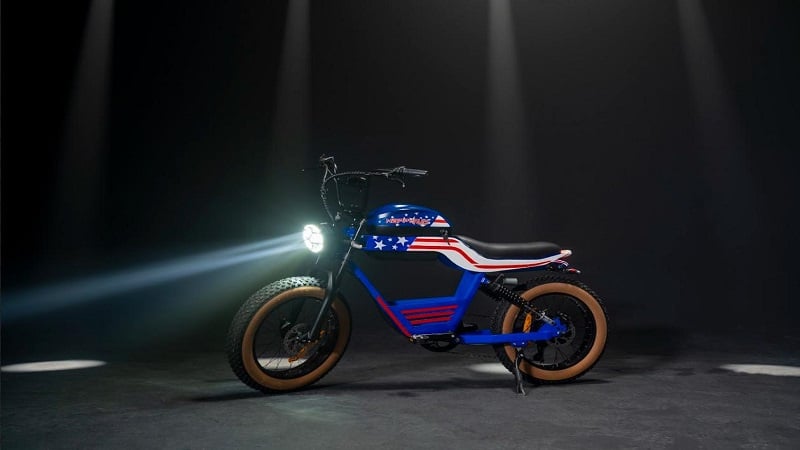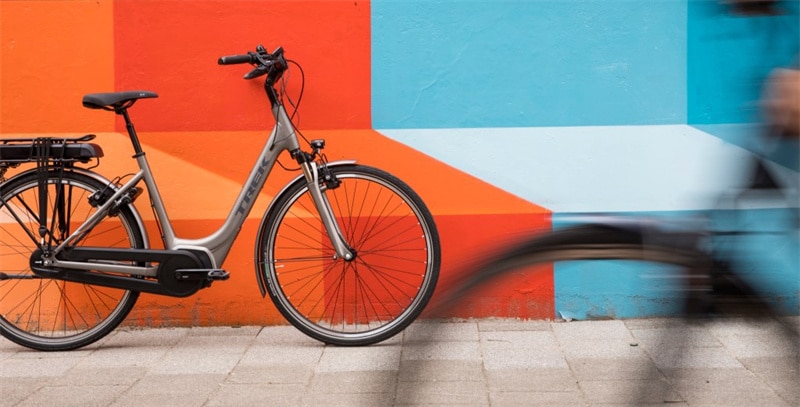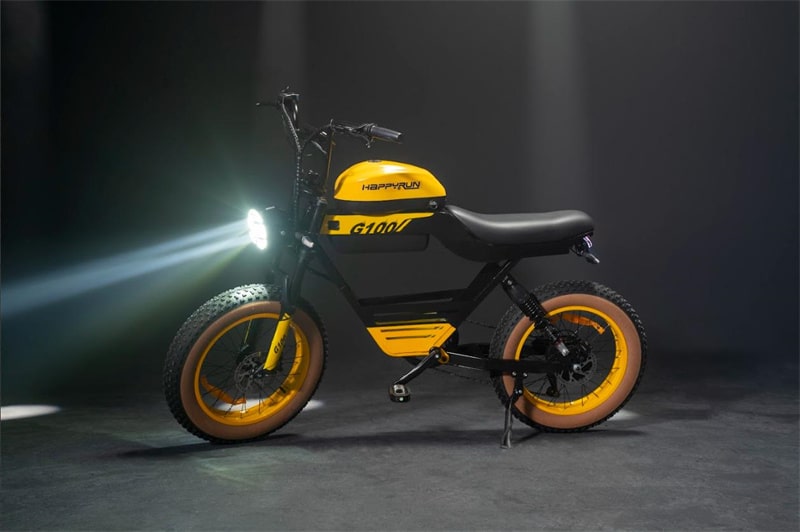
Electric bikes, often referred to as e-bikes, have made a significant impact on the world of cycling. These innovative two-wheelers have revolutionized the way people experience cycling, offering an extra dimension by providing riders with an electric power boost.
This enhancement has made both commuting and recreational biking more accessible and enjoyable. Central to the operation of an electric motorcycle is its electric motor, which primarily comes in two types: hub drive and mid-drive.
In this comprehensive guide, we will explore the intricacies of e-bike motors, elucidating the distinctions between hub drive and mid-drive systems. By the conclusion of this article, you will have gained a profound understanding of these motors, empowering you to make an informed choice that aligns perfectly with your specific needs and preferences.
Understanding E-Bike Motors

E-bike motors are at the heart of these electric marvels. They provide the additional power that makes cycling more efficient, especially when tackling challenging terrains or reducing the effort required for daily commuting. Let's start our exploration of e-bike motors by taking a closer look at the two main types:
Hub Drive Motors
Hub drive motors are positioned in the hub of one of the bike's wheels, either the front or the rear. These motors are known for their simplicity and ease of use. They work by directly driving the wheel they are integrated into, providing a seamless and straightforward riding experience. Hub drive motors typically have a power range of 250W to 1000W or more, making them suitable for various purposes, from leisurely rides to tackling steep inclines.
One significant advantage of hub drive motors is their low-maintenance nature. Since they don't interact with the bike's chain or gears, they are less prone to wear and tear. Additionally, hub drive motors are known for their quiet and smooth operation, making them a popular choice among e-bike enthusiasts.
Mid-Drive Motors
Mid-drive motors, on the other hand, are integrated into the bike's frame, near the pedals. These motors work by powering the bike through the chain and gears, which allows for more efficient utilization of the rider's pedaling power. Mid-drive motors typically have a power range similar to hub drive motors, ranging from 250W to 1000W or more.
One of the key advantages of mid-drive motors is their ability to deliver power where it's most needed, thanks to their connection to the bike's gearing system. This makes mid-drive e-bikes highly efficient, particularly when climbing steep hills or covering long distances. The rider can shift gears to optimize the motor's performance, conserving battery power and increasing the range.
The Science Behind Hub Drive Motors
Now that we have a basic understanding of the two main types of e-bike motors, let's dive deeper into the science behind hub drive motors. Understanding the technology and mechanics involved in hub drive systems is crucial for making an informed choice when selecting an e-bike.
Direct Wheel Integration
Hub drive motors are renowned for their straightforward design. They are positioned directly within the wheel hub, which means they are intrinsically connected to the wheel itself. This direct integration allows for a simple and efficient transfer of power from the motor to the wheel, resulting in a smooth and seamless riding experience.
Power Output and Efficiency
Hub drive motors are available in various power outputs, ranging from 250W for casual riders to 1000W or more for those who require extra assistance in challenging terrain. The motor's power output determines the speed and the ability to tackle steep inclines. Hub drive e-bikes are typically designed for urban commuting and leisurely rides, where efficiency and ease of use are paramount.
The Science Behind Mid-Drive Motors
Now, let's shift our focus to mid-drive motors. These sophisticated systems offer unique advantages and are favored by riders who require more power and versatility in their e-bikes.
Leveraging the Bike's Gearing System
The core principle of mid-drive motors is their integration with the bike's gearing system. This conection is where the magic happens. When the rider pedals, the mid-drive motor supplements the pedaling power by applying electric power to the chain, which is then transmitted through the gears. This synchronized operation optimizes the motor's efficiency by delivering power precisely when and where it's needed.
Power Output and Efficiency
Similar to hub drive motors, mid-drive motors come in various power outputs, making them suitable for different purposes. Their power output typically ranges from 250W for city commuting to 1000W or more for off-road adventures. The advantage of mid-drive motors lies in their ability to efficiently utilize the rider's pedaling power, which can significantly extend the e-bike's range and make it more versatile for various terrains.
Choosing the Right E-Bike Motor for You

Selecting the right e-bike motor ultimately comes down to your specific needs and preferences. To help you make an informed decision, consider the following factors:
● Intended Use
Think about how you plan to use your e-bike. Are you primarily using it for daily commuting, leisurely rides, or off-road adventures? Hub drive motors are excellent for city commuting and casual biking, while mid-drive motors are better suited for off-road and hilly terrains.
● Terrain
Consider the type of terrain you'll be encountering on your rides. If you frequently tackle steep hills or uneven surfaces, a mid-drive motor's ability to leverage your pedaling power and adjust to the terrain might be more beneficial.
● Budget
Your budget will also play a significant role in your decision. Hub drive e-bikes are often more affordable than their mid-drive counterparts. Evaluate your budget and determine the features that are most important to you.
● Maintenance
Maintenance is another crucial factor to consider. Hub drive motors require less maintenance since they don't interact with the bike's chain and gears. Mid-drive motors, while highly efficient, may require more upkeep due to their complex integration with the bike's drivetrain.
Conclusion
In conclusion, the science of e-bike motors is fascinating and plays a pivotal role in the performance of these electric marvels. A Hub drive motor on an electric bike for adults offers simplicity and quiet operation, making them ideal for city commuting and casual rides. In contrast, a mid-drive motor leverages the bike's gearing system to deliver power efficiently, making it a preferred choice for off-road adventures and tackling challenging terrains.
When selecting an e-bike, it's essential to assess your specific needs and preferences, including the intended use, terrain, budget, and maintenance requirements. By understanding the science behind e-bike motors and the differences between hub drive and mid-drive systems, you can make an informed choice and enjoy a more enhanced riding experience on your electric bike.










